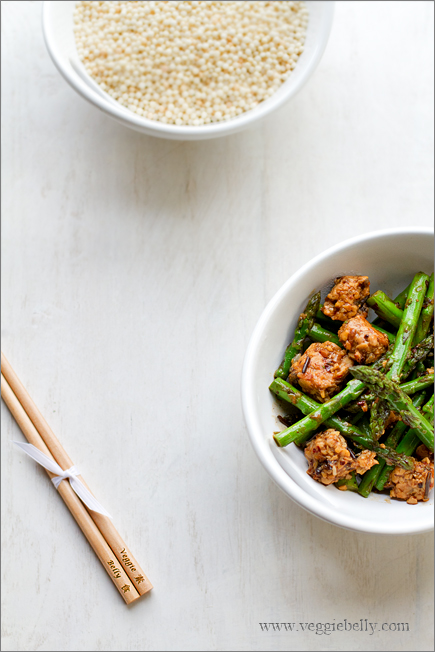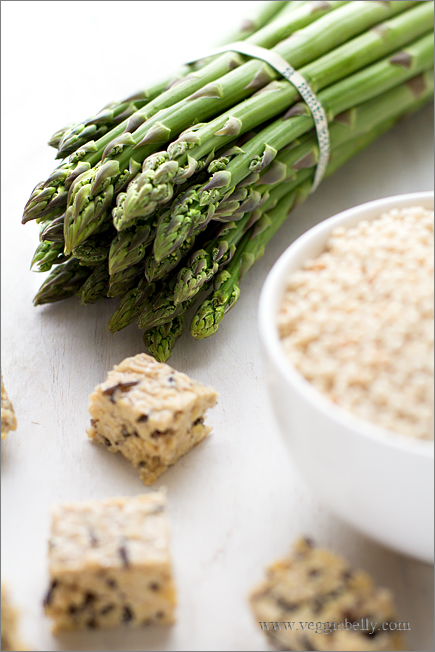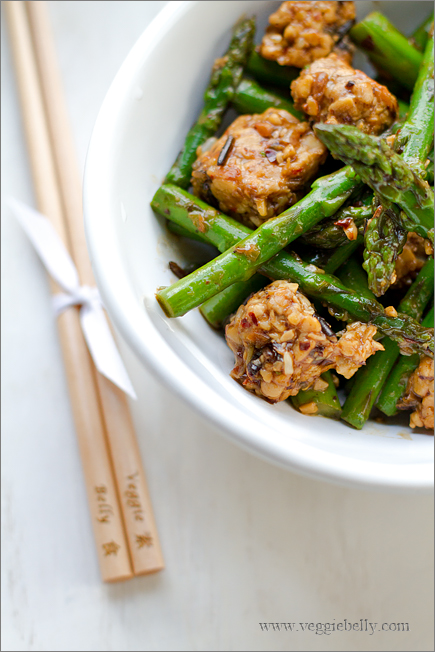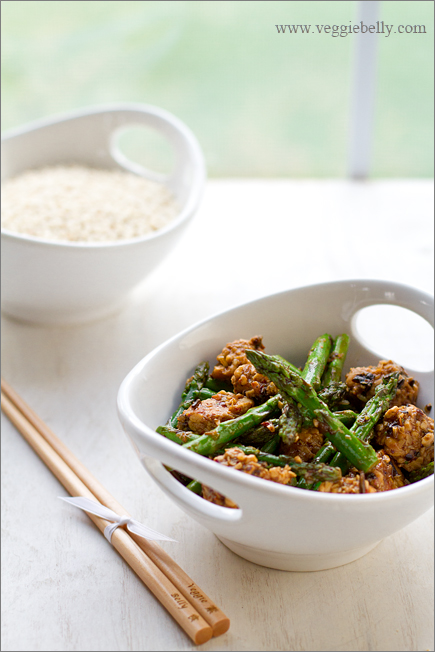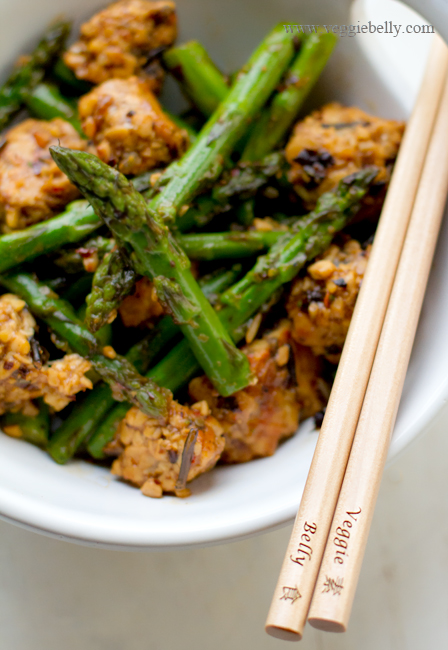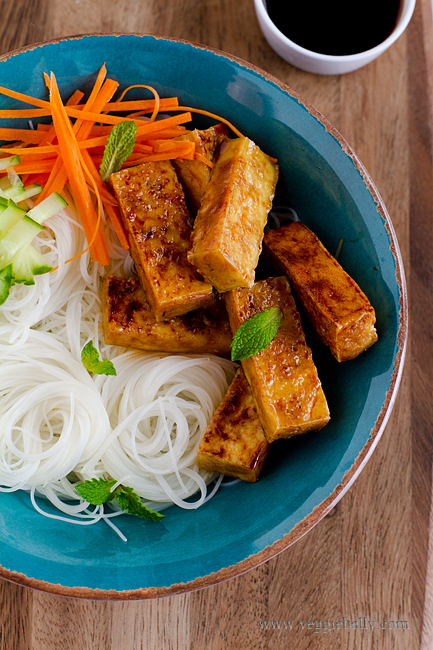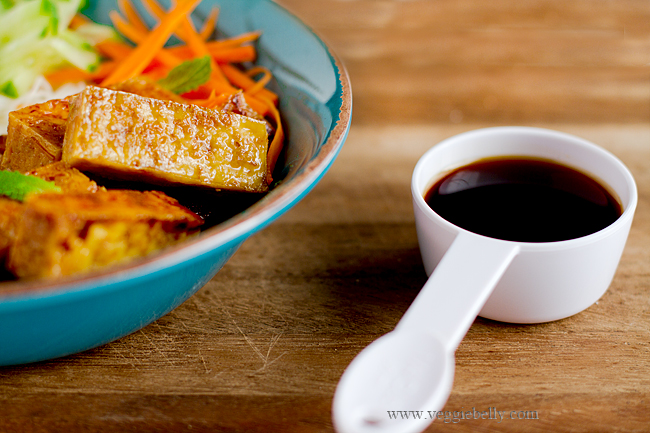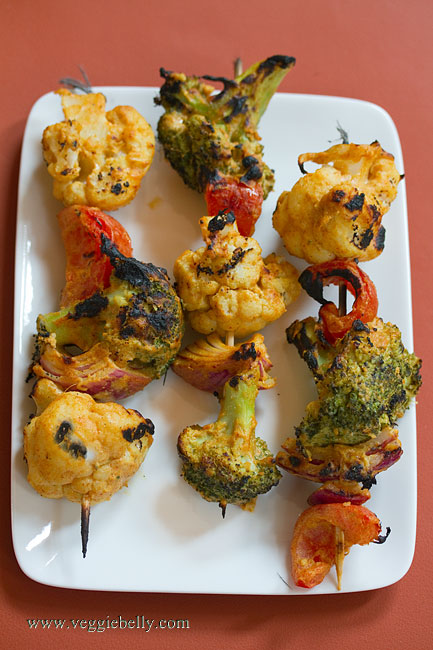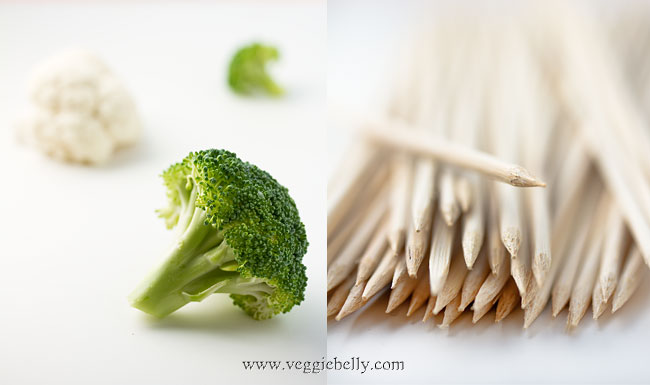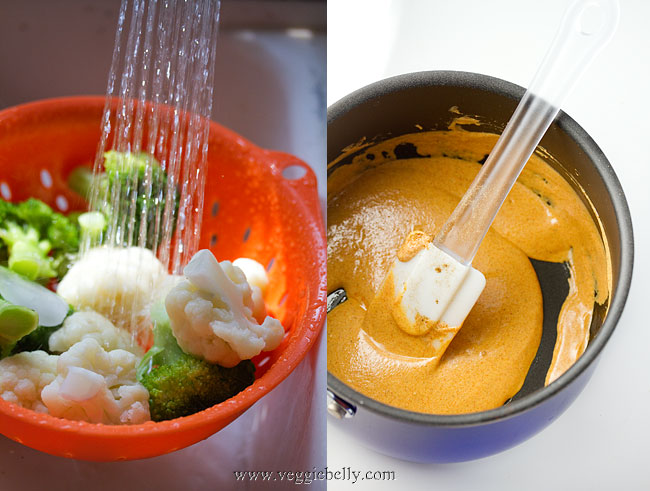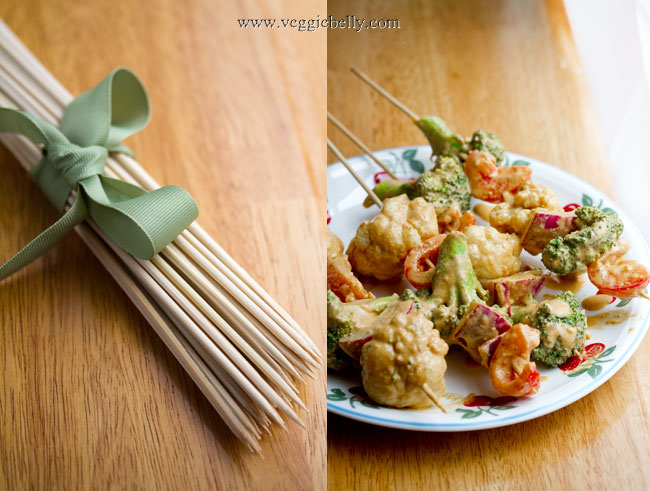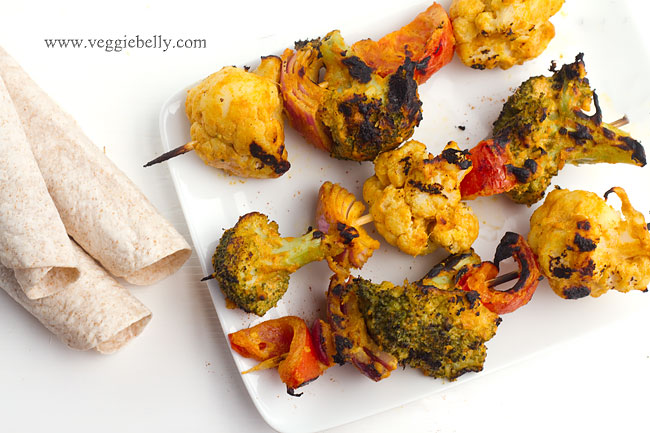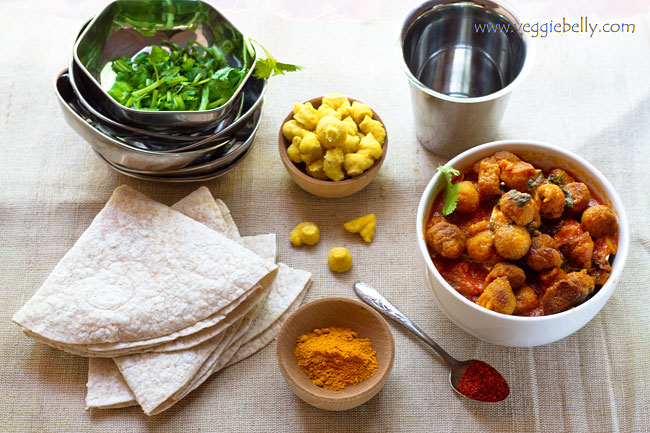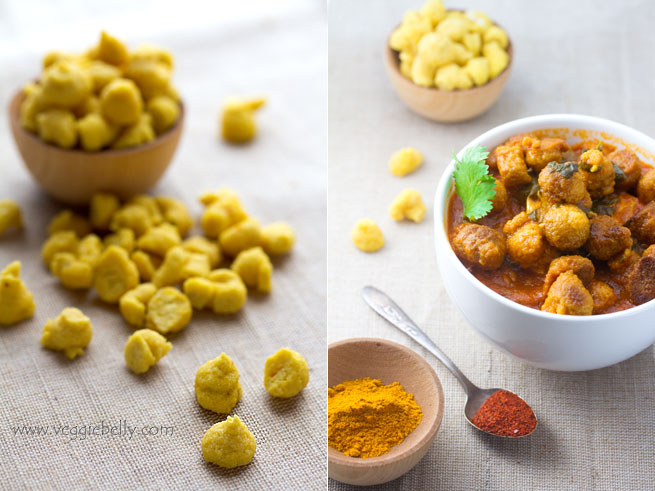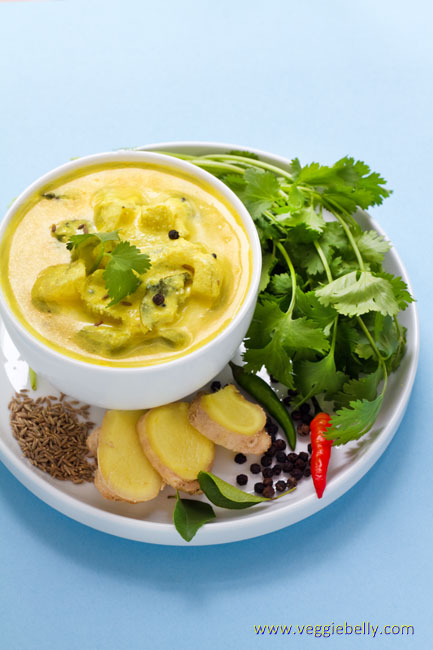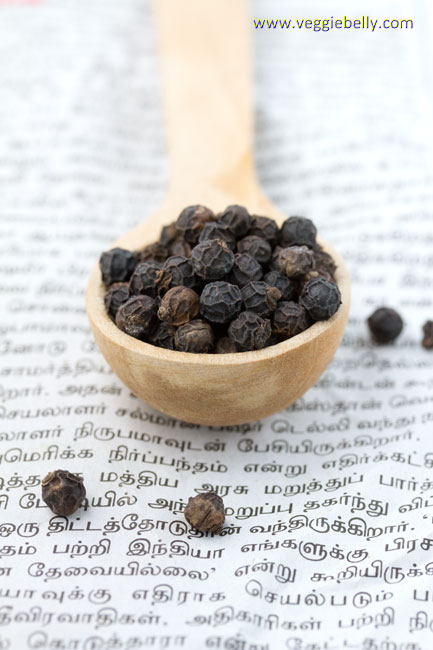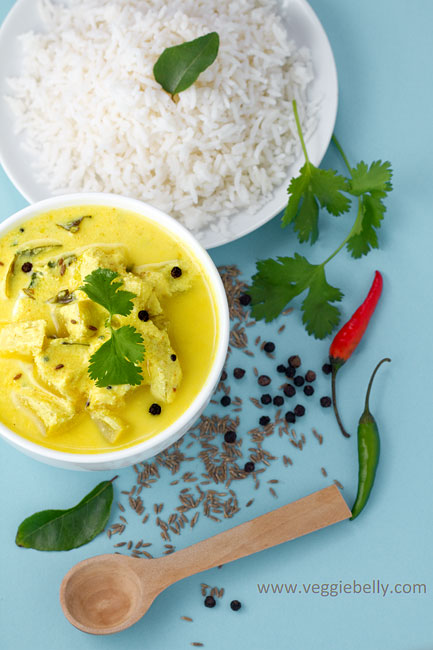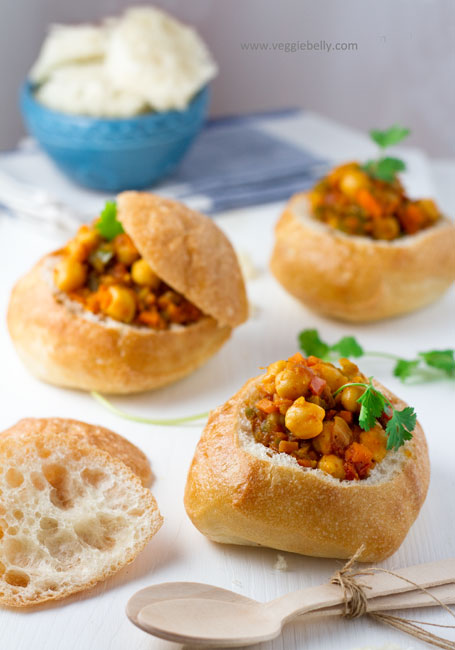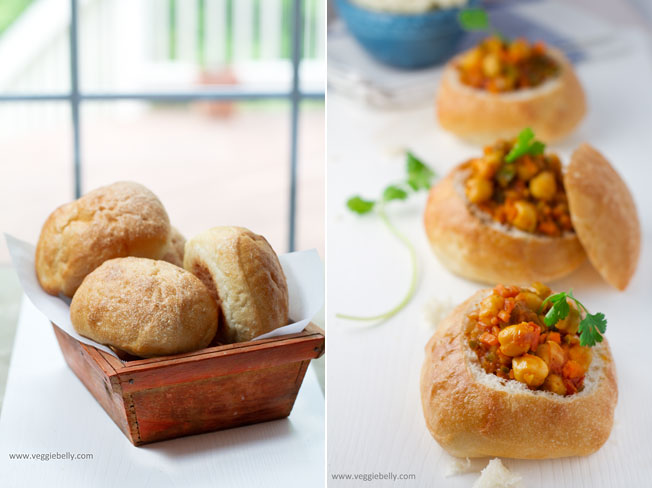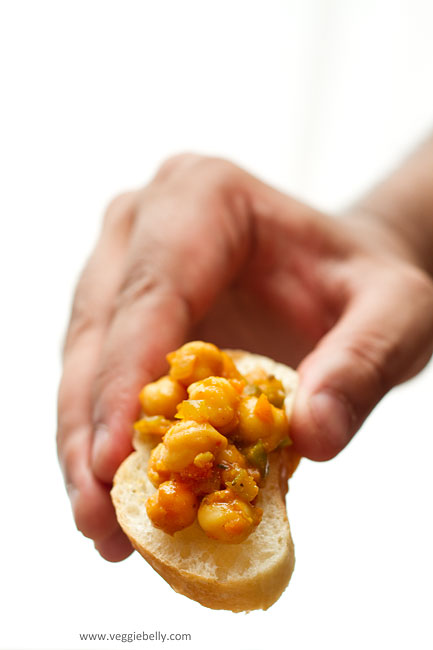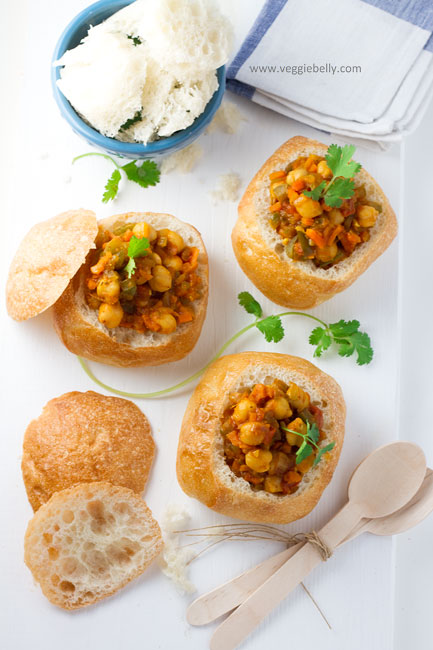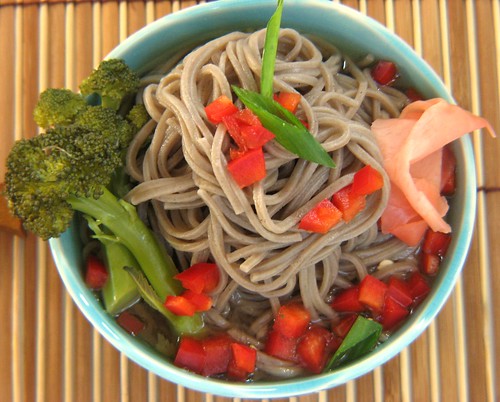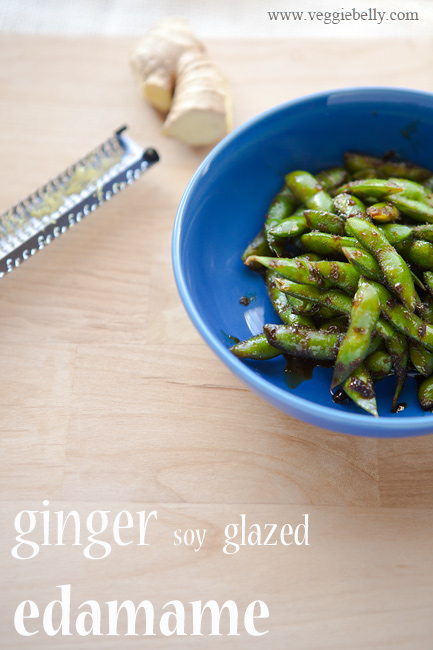
This ginger soy glazed edamame is the best healthy snack you can make in 10 minutes! Its quick, its easy, and its vegan too. Tossing steamed edamame in the ginger soy glaze makes it more interesting, and more tasty of course, than plain old steamed edamame.
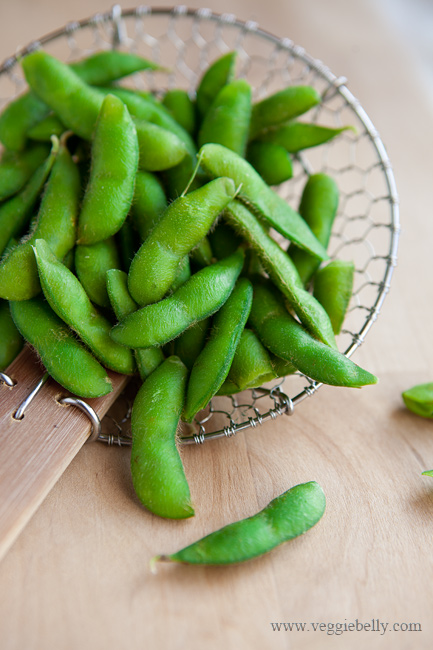
I always have frozen edamame in its shell on hand. You can also use shelled edamame, but I think sucking the beans out of the shells is half the fun!
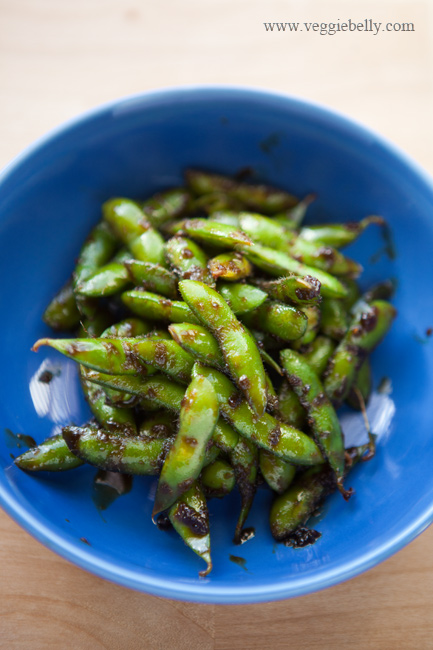
The ginger soy glaze is super easy to make and insanely delicious. You may want to make a big batch and store it in a glass jar for future use! Just remember to cook the sauce/glaze on medium to low heat so that the sugar doesn’t burn. And use a non stick pan to make washing up easier.
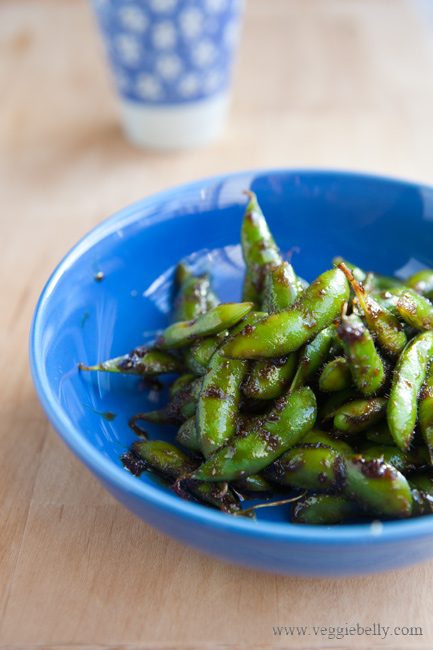
Ginger Soy Glazed Edamame Recipe
Serves 1 as a snack
Ingredients
1 cup frozen edamame with shell
1 1/2 tablespoons brown sugar
2 tablespoons soy sauce
a pinch of crushed red chili fakes, optional
2 tablespoons water
1 teaspoon sesame oil (substitute with canola or vegetable oil)
1/4 teaspoon fresh grated ginger
¼ teaspoon fresh grated garlic
Method
- Cook the edamame according to package directions. Then pat it dry with a towel and set aside.
- Whisk the brown sugar, soy sauce and water in a small bowl and set aside.
- Place the sesame oil, ginger and garlic in a medium non-stick sauce pan on medium heat. Let it sizzle for about 30 seconds.
- Then add the brown sugar, soy sauce, chili fakes and water mix. Let the sauce bubble gently on medium to medium-low heat. Cook till the sauce thickens and reduces to about 2 tablespoons. This will take about 4 minutes. Stir the sauce frequently while cooking. Remember, the sugar in the sauce will burn easily; if you find this is happening, reduce the heat.
- When the sauce has thickened, add the steamed edamame and toss well. The sauce should be thick enough that it coats and sticks to the edamame. If you find the sauce is too watery, cook on medium heat till the sauce thickens and coats the edamame.

